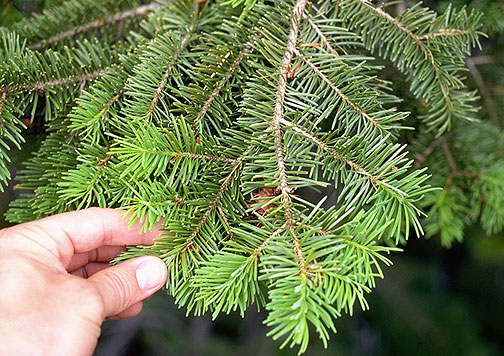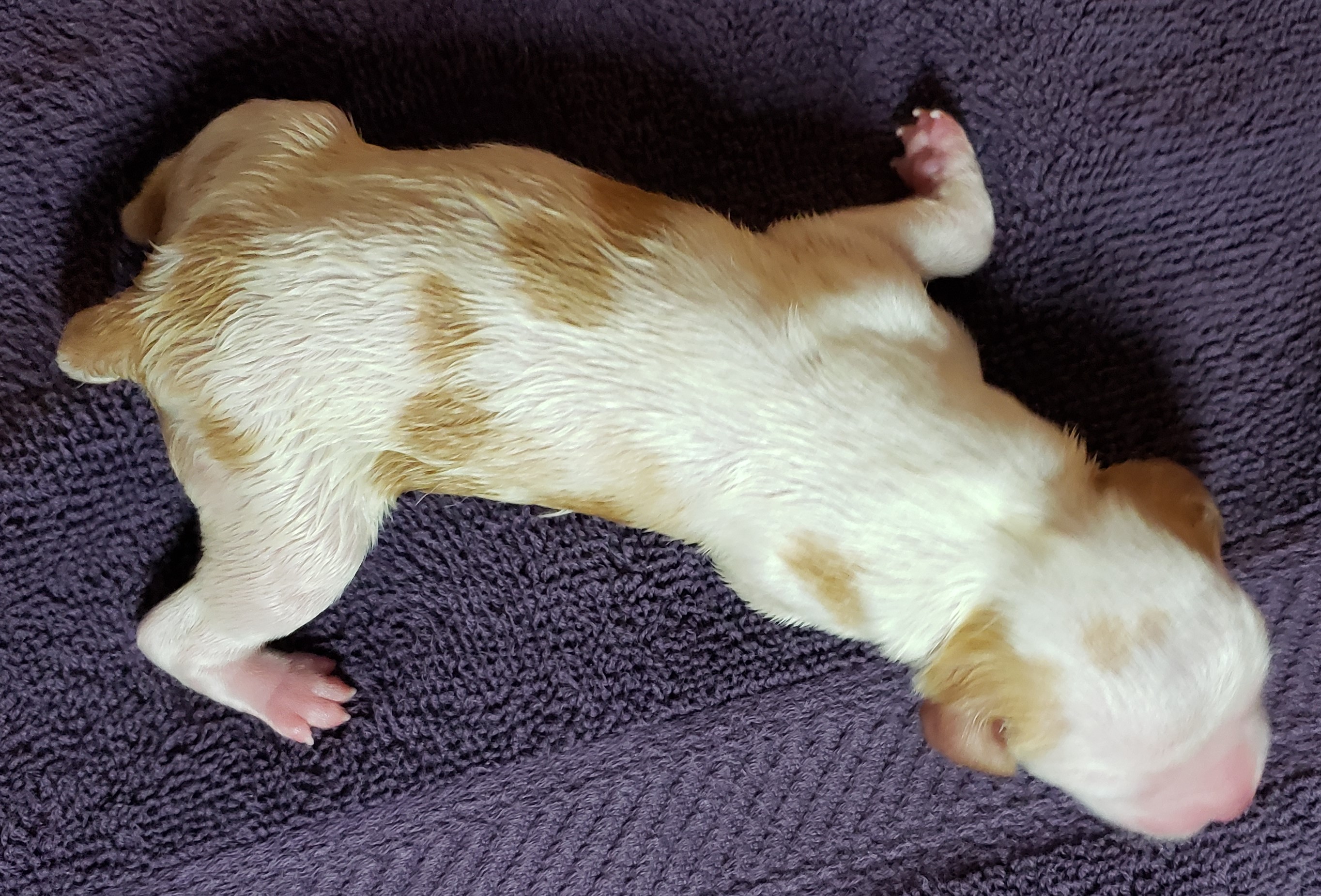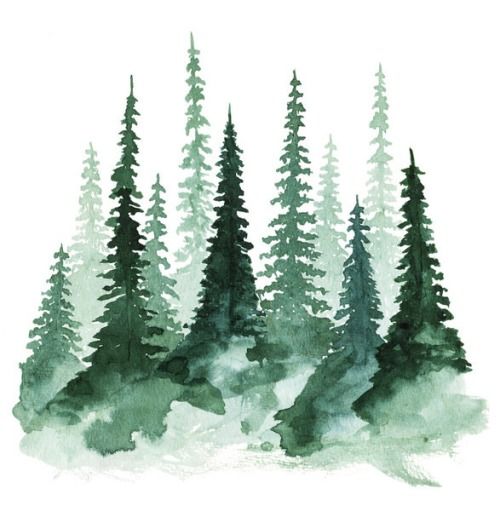 BRITTANY LINKS - HOME - OUR BRITTANYS - OUR HISTORY - BRITTANY PUPPIES - PLANNED BREEDINGS - MT WAR ON WEEDS - BIRD HUNTING - AKC FIELD TRIALS - AGILITY - AKC CONFORMATION SHOWS - HAPPY HUNTERS/FAMILY - MONTANA BRITTANY CLUB - AKC HUNT TESTS
|
||||
| The Pups: 1. Male: Whitey 2. Female: Sandy (nb) 3. Female: Tamara (nb) 4. Male: Doug (nb) 5. Female: Sitka 6. Male: Coulter (nb) 7. Female: Shore (nb) 8. Female: Lacey 9. Male: Jack Please remember, we are Brittany Fans! but, not great photographers... :^) |
 Douglas fir Pseudotsuga menziesii
is an evergreen conifer
species in the pine
family, Pinaceae. It is native to western North
America and is known as Douglas fir,[2]
Douglas-fir,[3]
Oregon pine,[4]
and Columbian pine.[5]
There are two varieties: coast
Douglas-fir (P. menziesii var. menziesii),
and Rocky
Mountain Douglas-fir (P. menziesii
var. glauca). The common name
honors David
Douglas, a Scottish botanist and
collector who first reported the extraordinary
nature and potential of the species. The
common name is misleading since it is not a
true fir, i.e., not a member of the genus Abies.
For this reason the name is often written as Douglas-fir
(a name also used for the genus Pseudotsuga as
a whole). The specific epithet menziesii
is after Archibald Menzies,
a Scottish physician and rival naturalist to David
Douglas. Menzies first documented the
tree on Vancouver Island
in 1791. Colloquially, the species is also
known simply as Doug fir[5]
or Douglas pine[5]
(although the latter common name may also
refer to Pinus
douglasiana).[8]
Other names for this tree have included Oregon
pine,[4]
British Columbian pine,[5]
Puget Sound pine,[5]
Douglas spruce,[5]
false hemlock,[4]
red fir,[4]
or red pine[4]
(although again the latter may refer to a
different tree species—Pinus resinosa).
One Coast Salish name
for the tree, used in the Halkomelem language,
is lá:yelhp. From:
https://en.wikipedia.org/wiki/Douglas_fir.
|
|||
| BRITTANY PUPPIES Past Litters Back to Turah x Tempo Puppy Page | ||||
| 6-29-19: Wt. 1,942g. The
pups eyes are starting to turn from blue to
the amber of an adult Brittany. |
||
| 6-22-19:
Wt. 1,658g. |
||
| 6-15-19: 1,472g. |
||
| 6-8-19:
1,108g. |
||
| 6-1-19: 794g.
Doug has a neat ring around his left eye. |
||
| 2-26-19: 552g. |
||
 Photo taken on day of birth. 5-18-19. Birth weight 254g. Male, not a full mask. Two small head spots not in line. Orange and white Brittanys are born with very light colored spots and blue eyes (eyes are of course closed at birth but soon open). The spots and eyes will darken over time to the same color as the parents. |
||
Warbonnet Brittanys Puppy Contract - Choosing A Brittany - Breeders Code Of Ethics - I Want A Brittany - Responsible Breeders - Breed Standard - American Brittany Rescue - A Responsible Breeder Should Brittanys have not been called the "Brittany Spaniel" since the 1980's. |
||
